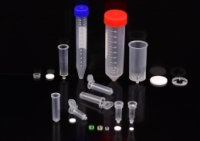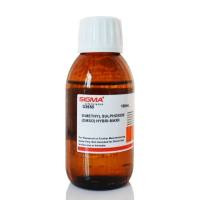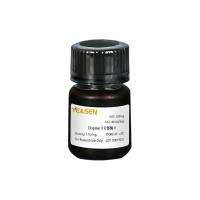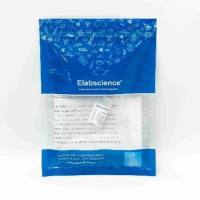解决非特异吸附的新方法
互联网
免疫分析中,非特异的蛋白吸附常常是阻碍高灵敏度的一个重要的因素。来自中科院等单位的研究小组开发了一种新的固相载体,有望达到"0"非特异吸附。以下是他们在 Analytical Chemistry 的文章摘要。
Integrated Poly(dimethysiloxane) with an Intrinsic Nonfouling Property Approaching “Absolute” Zero Background in Immunoassays
Hongwei Ma, Yuanzi Wu, Xiaoli Yang, Xing Liu, Jianan He, Long Fu, Jie Wang, Hongke Xu, Yi Shi and Renqian Zhong
Anal. Chem., Articles ASAP (As Soon As Publishable)
Publication Date (Web): July 7, 2010 (Letter)
DOI: 10.1021/ac101277e
The key to achieve a highly sensitive and specific protein microarray assay is to prevent nonspecific protein adsorption to an “absolute” zero level because any signal amplification method will simultaneously amplify signal and noise. Here, we develop a novel solid supporting material, namely, polymer coated initiator integrated poly(dimethysiloxane) (iPDMS), which was able to achieve such “absolute” zero (i.e., below the detection limit of instrument). The implementation of this iPDMS enables practical and high-quality multiplexed enzyme-linked immunosorbent assay (ELISA) of 11 tumor markers. This iPDMS does not need any blocking steps and only require mild washing conditions. It also uses on an average 8-fold less capture antibodies compared with the mainstream nitrocellulose (NC) film. Besides saving time and materials, iPDMS achieved a limit-of-detection (LOD) as low as 19 pg mL−1, which is sufficiently low for most current clinical diagnostic applications. We expect to see an immediate impact of this iPDMS on the realization of the great potential of protein microarray in research and practical uses such as large scale and high-throughput screening, clinical diagnosis, inspection, and quarantine.
Figure 1. Multiplexed ELISAs on iPDMS and NC. (a) Protein microarray was printed on the surface of polymer coated iPDMS, followed by routine processing as sandwich type ELISA. (b) After jet-printing of capture antibodies to predetermined locations, the iPDMS sheet was sandwiched by a plastic base and a plastic cover, transforming the flat surface to a 48-well plate. The lower right part of the figure showed a chemiluminescence image taken by a CCD camera. See Figure S2 in the Supporting Information for the complete view. (c) Protein microarray was similarly printed on the NC surface. Note there is one extra BSA blocking step compared with iPDMS. (d) Possible sources of signal and noise: (1) specific interaction that gives signal; (2) noises due to cross interaction; noises due to nonspecific adsorption of (3) antigens (i.e., tumor markers) and (4) horseradish peroxidase conjugated detection antibodies (2nd Ab-HRP).









